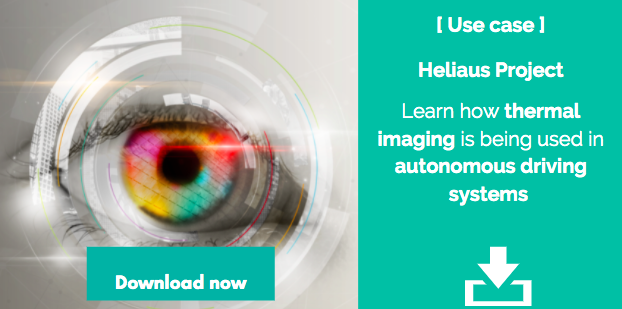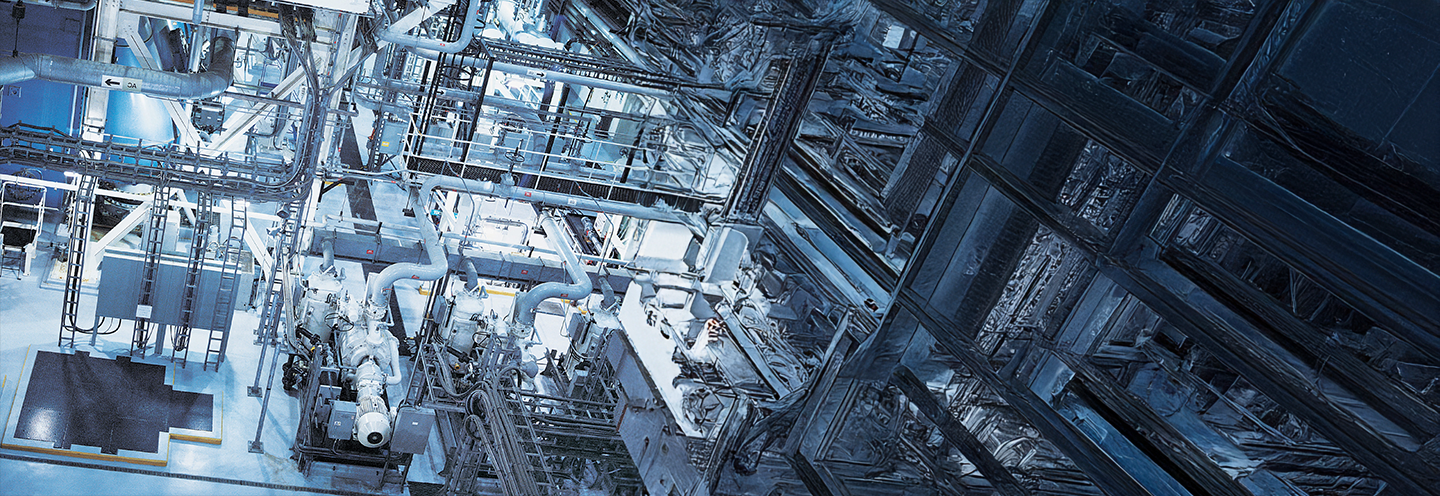Like all advanced technologies, infrared technology is improving rapidly. Constant research and development have paid off, boosting performance and lowering costs—a boon to infrared detectors and the many devices and systems in which they are used.
Here, we will take a deep dive into three technical innovations you should know about when it comes to infrared detector technology.
1- Smaller pixel pitches
Here, the goal is to reduce the surface area of the detector by making the pixel pitch smaller. The pixel pitch, or distance between the individual pixels, is critical in determining how many pixels—the detector’s eyes—can be fabricated on a silicon wafer. Pixel pitches are constantly improving, so it is good to keep an eye on the latest advances in this area. Currently, some manufacturers are able to offer infrared detectors with pixel pitches between 17 µm and 12 µm for microbolometers. Pixel pitches of 8 µm—which would drastically reduce detector surface areas and increase image resolutions—are currently at the R&D stage.
For hybridized infrared detectors, pixel pitches are headed toward 10 µm and, in some cases, 8 µm or less. However, smaller pitches do also reduce the infrared flux absorbed by each pixel, which in turn affects the signal. So, as pixel pitches get smaller, additional progress will have to be made to increase detector sensitivity. Not only do smaller pixel pitches enable smaller detectors with higher resolutions, they also help lower the total cost of the camera.
Read our EU HELIAUS project case study to learn more about the latest innovations in smart thermal perception systems.

2- High-operating-temperature (HOT) detectors
The MWIR band is made up of two sub-bands:
- 3.6 µm to 4.2 µm (the “blue” band)
- 3.6 µm to 5 µm (the “red” band)
Until now, cooled infrared detectors have operated in the “red” band at very low temperatures (80 K), which created reliability issues for applications like surveillance or industrial inspection, where 24-7 operation is required. Over the past several years, manufacturers have been releasing detectors that operate in the “blue” band at higher temperatures. This puts less stress on the cooled detector’s cold machine, making this type of detector more reliable for around-the-clock usage. These “high-operating-temperature” or “HOT” detectors operate at temperatures in excess of 140 K in the MWIR band. The idea is to choose the best operating temperature range depending on the type of use.
3- Artificial intelligence
Artificial intelligence, or AI, has the capacity to improve the performance of companies, people, and tools. And infrared technology is one of those tools! AI has the capacity to bring infrared systems new capabilities and add value. AI is already used with thermal imaging in areas like airborne optronics, where infrared detectors are integrated into ultra-connected systems capable of processing, analyzing, and transmitting images to humans to enhance decision-making in combat scenarios, for instance.
AI is also being used in conjunction with thermal imaging in autonomous vehicle obstacle detection systems. Infrared sensors can effectively capture images even when visibility is low (such as in bad weather or at night), and the integrated AI can then analyze and trigger an appropriate response to the images captured. LWIR (long-wave infrared) can generate particularly high-contrast images, independent of the ambient light. These images are especially easy for an AI to interpret.
Constant innovation in thermal imaging is rapidly making infrared technology better and more affordable. As “SWaP-C” (size, weight, and power, plus cost) come down, innovation will gain further traction, bringing the technology to an even broader range of applications and markets.
Read our EU HELIAUS project case study to learn more about the latest innovations in smart thermal perception systems.












